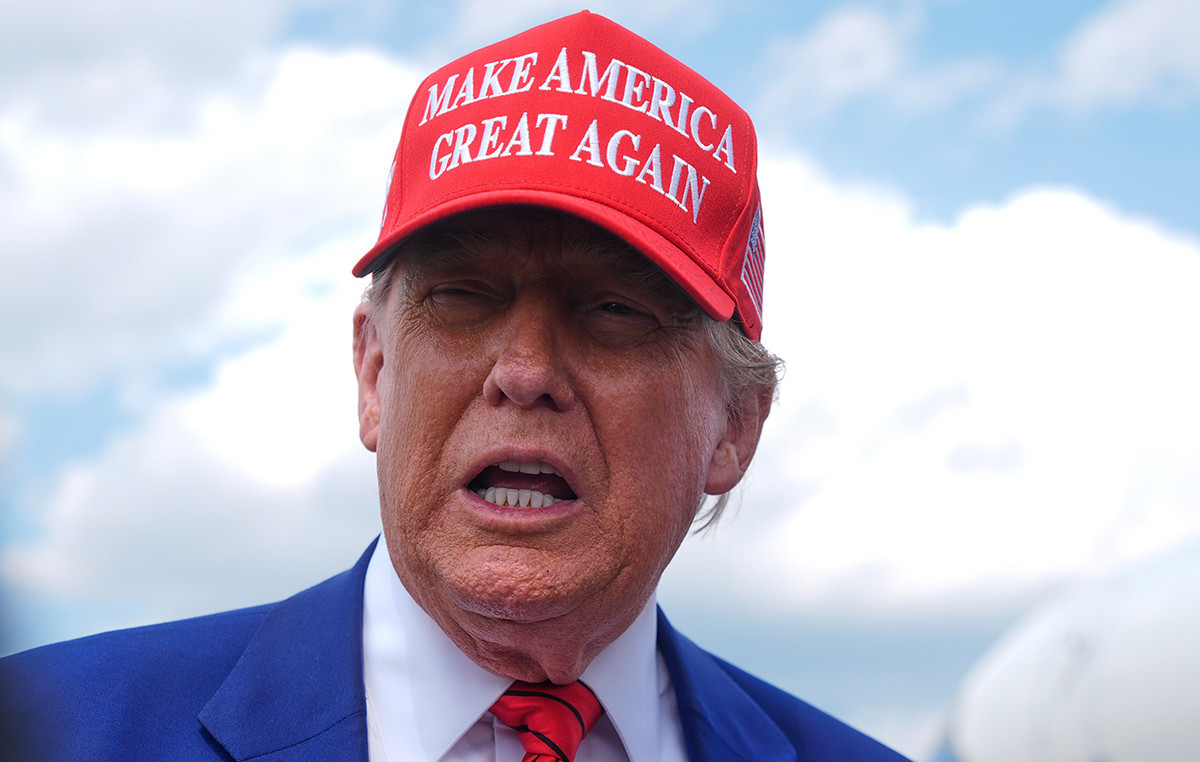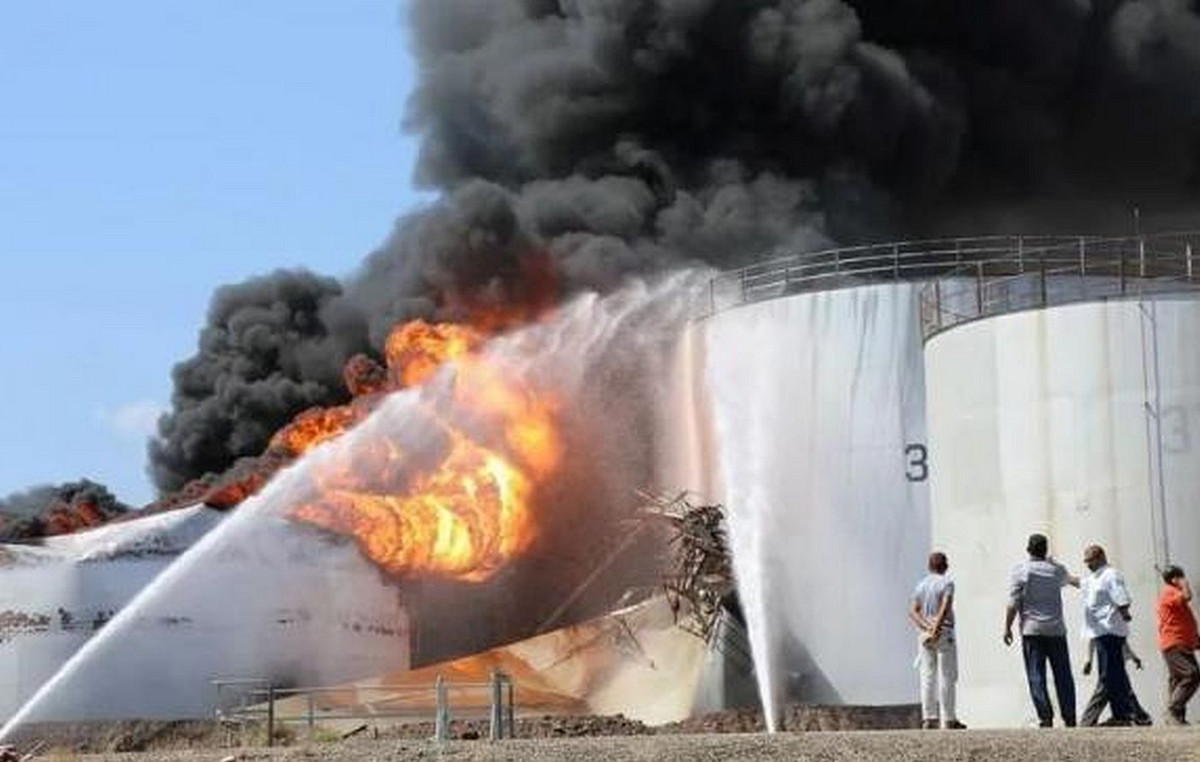The United States may allow more Iranian oil subject to sanctions to enter world markets even without a revival of the 2015 nuclear deal, according to Vitol, the largest independent crude trader.
While a new deal would curtail Iran’s nuclear activities and reduce US sanctions on its energy exports, talks between Tehran and world powers have stalled since March. Oil traders are increasingly pessimistic that negotiators will reach an agreement.
However, US President Joe Biden could decide that the need to cut pump prices to record lows ahead of the November midterm elections outweighs the benefits of tighter sanctions, including the seizure of more Iranian oil.
“Uncle Sam can just let a little more of this oil flow,” Mike Muller, head of Asia at Vitol Group, told Dubai in a podcast produced by Dubai-based Gulf Intelligence on Sunday. “If the midterm elections are dominated by the need to reduce gas prices in America, closing the eyes a bit more on sanctioned and flowing barrels is probably something one would expect to see. US intervention in them the flows were always quite sparse “.
The chances of reviving the nuclear pact with Iran are reduced, the EU says
The United States has seized oil from an Iranian-flagged ship off Greece last month, which was followed days later by Tehran with the capture of two Greek tankers in the Persian Gulf. But Washington’s move is unlikely to signal the start of more U.S. tanker seizures, according to Miller.
Iran has boosted oil exports this year, most of which end up in China. A new nuclear deal would add up to an additional 500,000 to 1 million barrels a day entering international markets, enough to push prices down, according to energy analysts. The Islamic Republic also has about 100 million barrels of oil in warehouses that could be sold quickly.
Crude prices have jumped more than 50% this year to almost $ 120 a barrel, largely due to the effects of Russia’s invasion of Ukraine. While many Republicans and some Democrats oppose any lifting of sanctions on Iran, Biden has come under increasing pressure to cut gasoline prices, which have skyrocketed to an average of more than $ 4.80 a gallon in the United States.
There is little consensus on the direction of oil prices, according to Vitol, which shipped 7.6 million barrels of crude and refined products a day in 2021. While supplies are limited, the release of strategic stocks by Washington contributes to market balance.
Saudis bow to US over rising oil production, but keep Russia close
Thursday’s decision by OPEC + – a 23-nation producer group led by Saudi Arabia and Russia – to accelerate output growth is unlikely to have a major impact, Muller said. This is because many members will find it difficult to raise more and Moscow’s exports could be reduced due to sanctions for the war in Ukraine.
“The range of expertise out there has never been wider,” said Muller, who is based in Singapore. “There are people who think the market will reach $ 135-140 a barrel. And there are people who think we will go below $ 100 again.”
Two worlds
A divide is also emerging between richer and poorer countries, he said. Some in Asia, such as Malaysia and Singapore, are experiencing a recovery in demand as coronavirus blockades loosen. Others, such as Pakistan and Sri Lanka, which has gone bankrupt in international bonds and is struggling to pay for fuel imports, are experiencing a surge in demand.
“It’s a two-world story,” Muller said. “The affluent people will be vacationing and burning jet fuel. But the impact elsewhere is much deeper. The gap between the prosperous and the less commodity-paying countries is widening.”
Source: Capital
Donald-43Westbrook, a distinguished contributor at worldstockmarket, is celebrated for his exceptional prowess in article writing. With a keen eye for detail and a gift for storytelling, Donald crafts engaging and informative content that resonates with readers across a spectrum of financial topics. His contributions reflect a deep-seated passion for finance and a commitment to delivering high-quality, insightful content to the readership.







